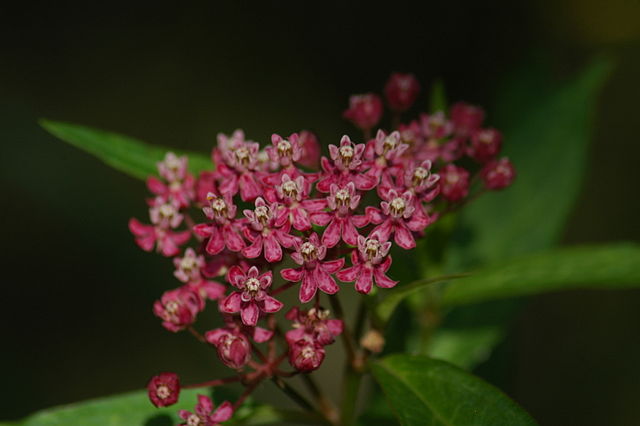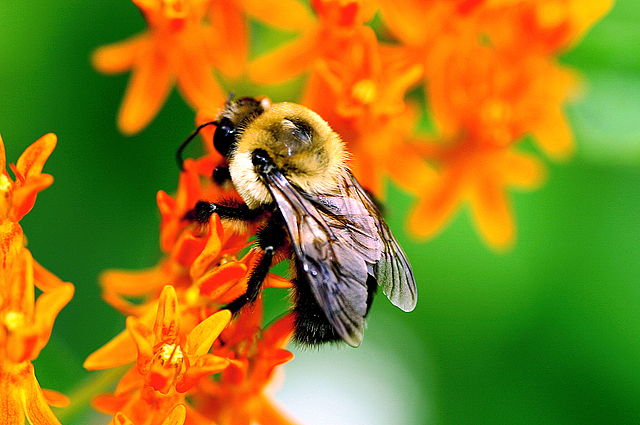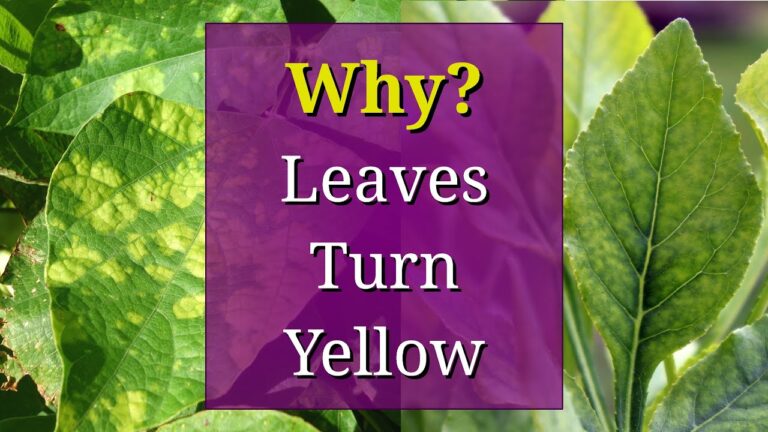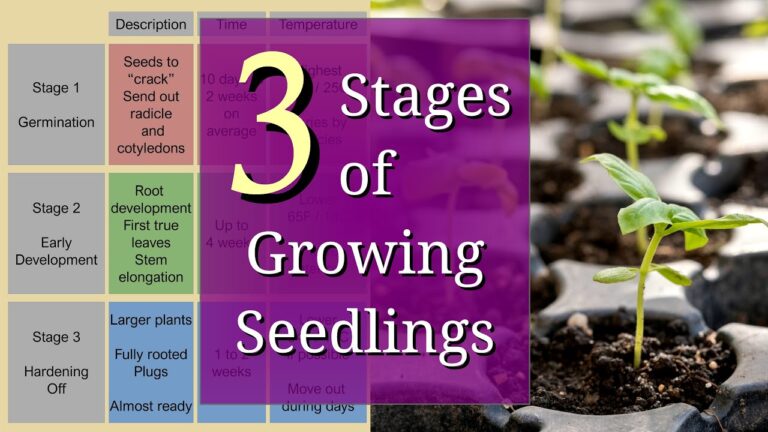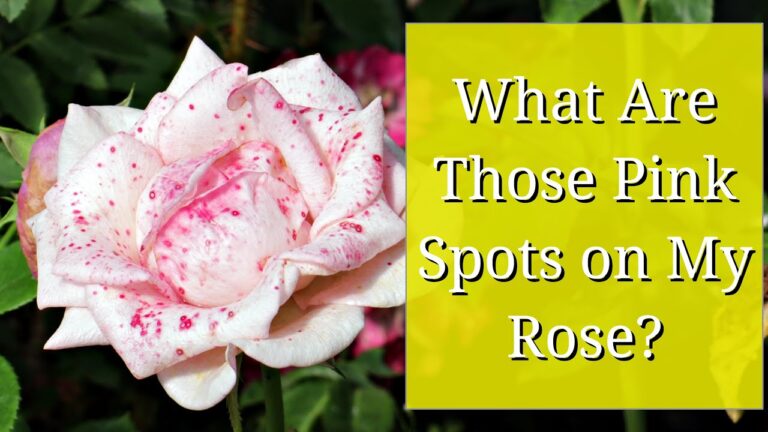Selling plants at the farmers market is never dull, and occasionally, it sparks lively and thought-provoking discussions. Recently, a customer approached me with a challenge about one of the plants I sell: butterfly weed, also known as milkweed, from the genus Asclepias. Specifically, he questioned the relevance of promoting Asclepias as the host plant for the endangered Monarch butterfly, considering our local area’s limited Monarch population.
To be clear, the customer wasn’t doubting the accuracy of the information. Both Asclepias incarnata (a tall, pink-flowering species that thrives in moist soil) and Asclepias tuberosa (shorter, with bright orange flowers, suited to drier conditions) are indeed the larval food source for Monarch butterflies and native to North America. His question was more about whether the Monarch connection was meaningful for gardeners in our region, where Monarchs are rarely seen.
This interaction was a great reminder of why I love selling at the farmers market. It’s a space where feedback flows freely, whether directly, as in this case, or subtly, through the way customers engage with my offerings.
The Joy of Feedback
Growing plants is a passion I embrace wholeheartedly—both the challenges of cultivation and the ongoing puzzle of how to share my enthusiasm in a way that resonates with customers. For the past six years, I’ve worked to balance the satisfaction of my “hobby” with the demands of running a sustainable business. Feedback is my compass in this balancing act, and the farmers market is my richest source of it.
Selling face-to-face allows me to witness customer reactions firsthand. I see which plants draw attention, spark questions, or inspire someone to pause thoughtfully. It’s not just about hearing what customers say; it’s about observing their movements and decisions—what they linger on, what they pass by, and how they interact with the plants I’ve nurtured.
While sales reports are vital for tracking numbers, they don’t tell the whole story. For example, no spreadsheet can explain why one rose gets sniffed more than another or why a particular flower stem becomes the showstopper in a bouquet. Farmers market interactions bring these nuances to light, enriching my understanding of customer preferences.
Navigating Seasonality
Seasonality is an ever-changing rhythm in my work. Preparations for the market begin in winter, with seed orders and plant stratification. By spring, plans shift based on weather and customer trends. I know that plant sales typically taper off by late May or early June, but how sharply and for how long depends on the season.
It’s during these quieter times that I’ve learned to pivot. When customers lose interest in potted plants, their excitement often shifts elsewhere—to cut flowers or summer produce like tomatoes and squash. Paying attention to these patterns has helped me adapt, keeping my offerings relevant and my connection with market visitors strong throughout the year.
The farmers market has taught me that when one door closes, another opens—if you’re willing to look. Selling cut flowers during the summer slump was one such discovery. Diversifying into vegetables like tomatoes and squash was another. These shifts allow me to maintain my presence at the market while keeping the business sustainable.
The Value of Listening
My customers have taught me a great deal. They’ve shown me that gardeners value plants grown without synthetic fertilizers or sprays. They’ve revealed a preference for multi-purpose plants—ones that attract pollinators, have edible flowers, or thrive in challenging conditions. They’ve even let me know that while roses may feel intimidating, they’re open to trying new and interesting plants.
It’s this constant dialogue—both spoken and unspoken—that shapes my business. By listening, I’ve learned how to better align my passion for unique plants with the needs and desires of my customers.
Revisiting the Monarch Question
So, back to the Monarchs. I appreciated the respectful tone of the customer’s challenge, which reflected something I’ve come to value deeply at the farmers market: authenticity matters. Customers don’t want to feel manipulated, and they respect transparency.
After a bit of research, I confirmed that Monarchs are indeed present in our region, though infrequently. Reports from UBC and BC’s E-fauna databases document sightings in the South Coast and upper Fraser Valley, particularly around Pemberton and Lillooet. While Monarchs may not be abundant in the Lower Fraser Valley, their occasional presence makes the host-plant connection valid, albeit limited.
That said, my enthusiasm for Asclepias isn’t rooted solely in its role as a Monarch host plant. Milkweeds are an excellent nectar source for a wide variety of butterflies and bees, making them a valuable addition to any pollinator-friendly garden. Plus, they’re beautiful plants in their own right, with vibrant flowers that brighten up the landscape. And if they happen to support the odd migrating Monarch? That’s an added bonus.
The Takeaway
Selling at the farmers market isn’t just about moving products; it’s about building connections and learning from the people who visit my stall. Every question, pause, and comment helps refine my approach. Whether it’s deciding which plants to grow, how to market them, or when to adapt to shifting seasonal interests, my customers are at the heart of it all.
So, if you’re wondering whether Asclepias belongs in your garden, my answer is a resounding yes. Whether or not the Monarchs grace your yard, milkweed is a stunning, pollinator-friendly addition that offers both beauty and ecological value. And if a wandering Monarch happens to benefit? All the better.

